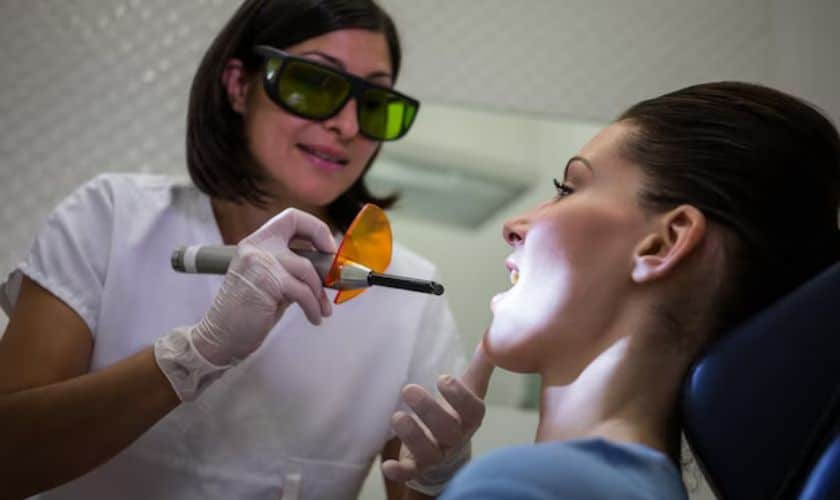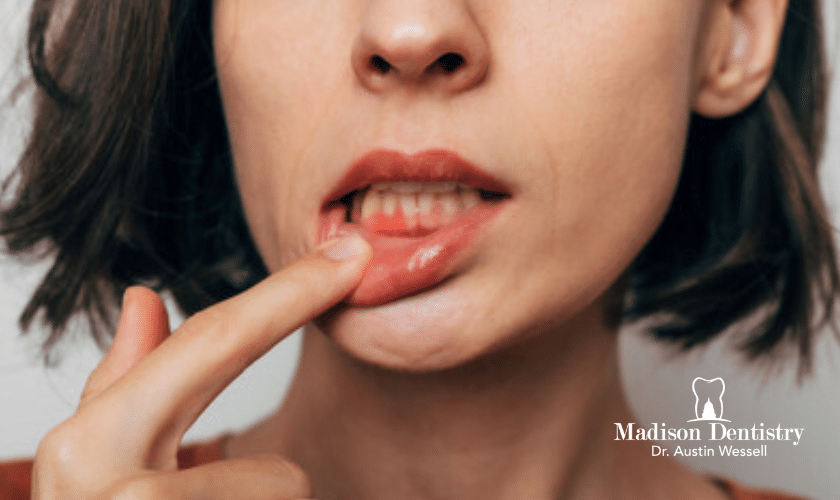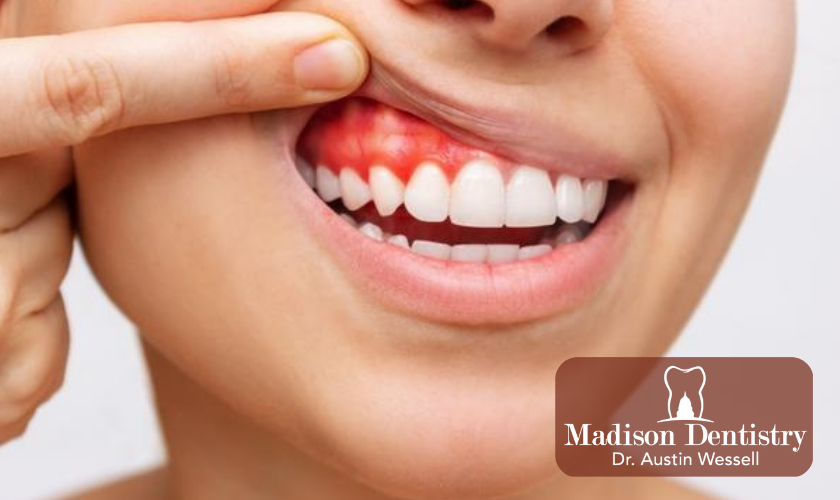
Are your teeth feeling a little less than sturdy? Do you notice bleeding gums when you brush or floss? If so, you may be experiencing the early signs of periodontal disease. This common condition affects millions worldwide and can lead to serious oral health issues if left untreated. But don’t worry! This blog post will explore the causes, symptoms, and treatment options for periodontal disease. And most importantly, we’ll reveal the safe and effective way to save your teeth from further damage. So, let’s dive in and give your smile the attention it deserves!
Causes of Periodontal Disease
The causes of periodontal disease can vary from person to person, but the underlying culprit is usually poor oral hygiene. When we neglect to brush and floss regularly, plaque builds up on our teeth and gums. This sticky film contains bacteria that can irritate the gums and lead to inflammation.
But not just a lack of oral care can contribute to periodontal disease. Certain factors like smoking or chewing tobacco can significantly increase your risk. These habits weaken the immune system and make it harder for your body to fight off infections in the mouth.
Additionally, hormonal changes during pregnancy or menopause can make women more susceptible to gum disease. The fluctuation in hormone levels can cause increased sensitivity in the gums and an exaggerated response to plaque buildup.
Other health conditions like diabetes or HIV/AIDS also play a role in developing periodontal disease. These diseases weaken the immune system, making it easier for bacteria to invade gum tissue and cause infection.
Genetic factors may predispose some individuals to develop periodontal disease more easily than others. If you have a family history of gum problems, you must be extra vigilant about your oral hygiene routine.
Understanding these potential causes is crucial because they help us identify ways to effectively prevent or manage periodontal disease. So, let’s explore some common symptoms next!
Symptoms of Periodontal Disease
Periodontal disease, or gum disease, is a serious oral health condition affecting the gums and supporting structures around the teeth. Recognizing the symptoms of periodontal disease is crucial to seek treatment promptly and avoid further damage.
One of the most common signs of periodontal disease is bleeding gums. If you notice blood on your toothbrush or while flossing, it may indicate that your gums are inflamed and infected. Another symptom to watch out for is persistent bad breath or a bad taste in your mouth. This can occur due to bacteria buildup in the pockets formed between the teeth and gums.
Gum recession is another telltale sign of periodontal disease. As the infection progresses, it can cause the gum tissue to pull away from the teeth, exposing more of their roots. You might also experience tooth sensitivity or even tooth loss if left untreated.
Individuals with periodontal disease may sometimes notice changes in their bite or how their dentures fit. This can occur due to bone loss that weakens the jawbone over time.
If you have concerns about these symptoms or suspect you may have periodontal disease, scheduling an appointment with your dentist for proper evaluation and treatment options is important.
Remember, early detection and intervention are key to effectively treating periodontal disease!
Treatment Options for Periodontal Disease
When it comes to treating periodontal disease, several options can help restore the health of your gums and save your teeth. The right treatment option for you will depend on the severity of your condition and your mouth’s specific needs.
One common periodontal disease treatment option is scaling and root planing, also known as deep cleaning. This involves removing plaque and tartar from below the gum line and smoothing rough areas on the tooth roots to prevent bacteria buildup. This procedure may be done in one visit or divided into multiple sessions depending on the extent of your gum disease.
Another effective treatment option is antibiotic therapy. Antibiotics can be prescribed in various forms, such as pills, mouth rinse, or gels, to fight off infection-causing bacteria in your gums. They can be used alone or with other treatments to enhance their effectiveness.
Surgical intervention may sometimes be necessary to treat advanced periodontal disease. Procedures like flap surgery, bone grafting, or guided tissue regeneration aim to repair damaged tissues and promote gum reattachment and bone growth around affected teeth.
Another treatment option for periodontal disease is laser therapy. This innovative technique uses focused beams of light to target and remove infected tissue while leaving healthy tissue untouched. Laser therapy eliminates harmful bacteria and promotes faster healing with minimal discomfort.
It’s important to note that maintaining good oral hygiene practices at home is crucial for successful treatment outcomes. Brushing twice a day with a soft-bristled brush, flossing daily, using an antimicrobial mouthwash, and scheduling regular dental check-ups are all essential steps in preventing further progression of periodontal disease.
Periodontal disease is a serious condition that can have devastating effects on your oral health if left untreated. It is important to be aware of the causes and symptoms of this disease to seek treatment as early as possible.
Remember that preventing periodontal disease through good oral hygiene practices such as regular brushing and flossing is always better than having any treatment! However, if you face this condition, don’t hesitate to seek professional help and consider laser-assisted periodontal therapy an effective solution.











